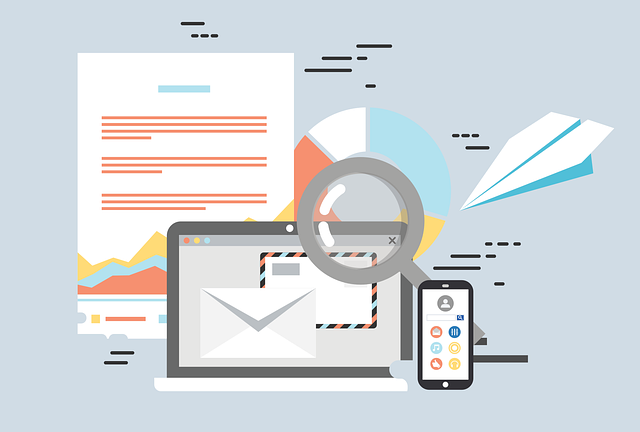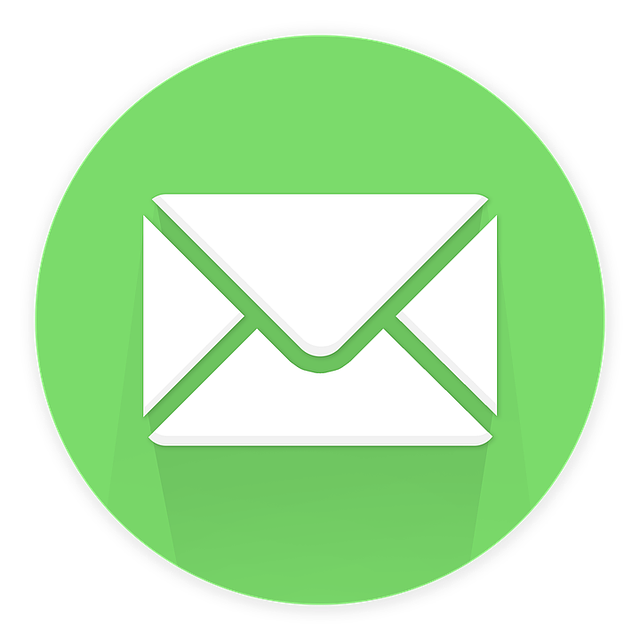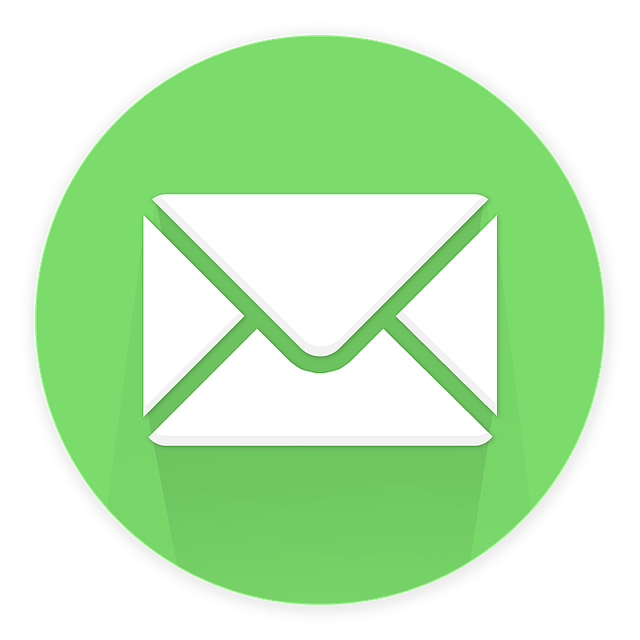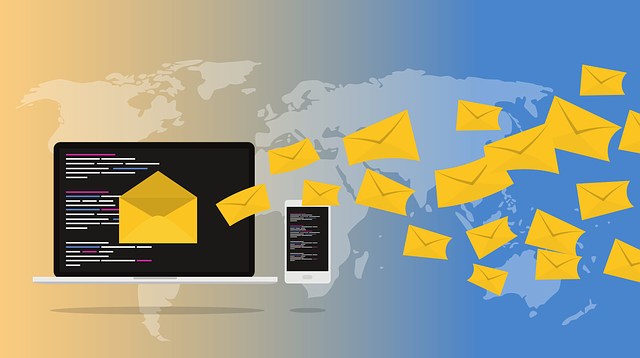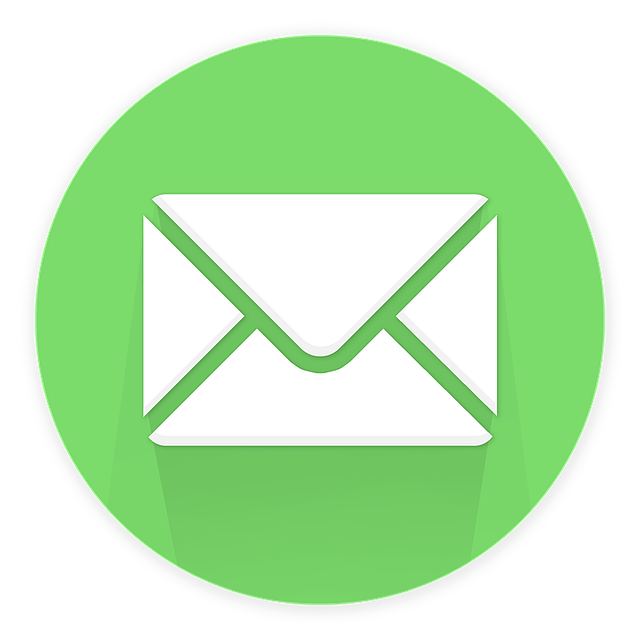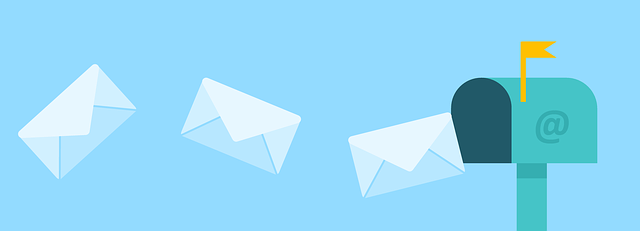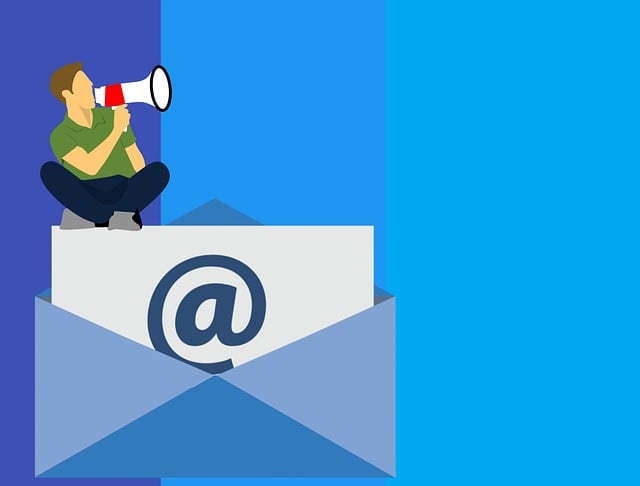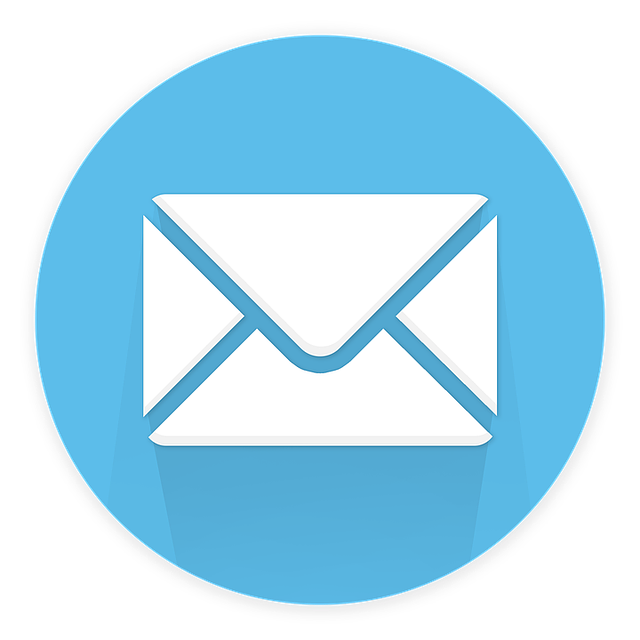Are you ready to take your blogging game to the next level? In the vast sea of content creators, it’s crucial to stand out and connect with your audience on a deeper level. And what better way to do that than through email marketing?
Imagine casting a net into the digital ocean and reeling in a targeted group of subscribers who are hungry for your content. With the right strategies, you can transform your blog into a powerhouse of engagement and conversions.
In this article, we will unveil five effective email marketing strategies that every blogger should know. From building a targeted email list to crafting compelling content, automating campaigns to personalizing emails, and testing and optimizing for maximum impact, we will guide you through the steps to create a successful email marketing campaign.
Get ready to witness the power of email marketing in growing your blog and engaging your audience like never before.
Key Takeaways
- Building a targeted email list is essential for effective email marketing.
- Compelling email content is crucial for engaging subscribers and driving action.
- Using visuals and call-to-action buttons in emails can boost conversions.
- Automating email campaigns can save time and improve efficiency.
Build a Targeted Email List
To build a targeted email list, you’ll need to attract engaged readers who are genuinely interested in your blog’s content. Effective segmentation is key in this process. By dividing your audience into specific groups based on their preferences, demographics, and behavior, you can tailor your email marketing efforts to their individual needs and interests.
There are various email list building strategies you can employ to attract these engaged readers, such as offering valuable content upgrades, hosting webinars or workshops, and running targeted social media ads. These methods will help you capture the attention of your target audience and encourage them to sign up for your email list.
Once you have a solid email list, you can craft compelling email content that resonates with your subscribers and drives them to take action.
Transitioning into the next section, let’s explore how you can create captivating emails that keep your audience engaged.
Craft Compelling Email Content
Crafting compelling email content is crucial for effective email marketing.nnTo grab your reader’s attention, write attention-grabbing subject lines that entice them to open your email.nnOnce they’re hooked, use engaging and informative email copy to keep them interested and provide value.nnDon’t forget to include relevant visuals and call-to-action buttons to make it easy for your readers to take the desired action.
Write attention-grabbing subject lines
Impress your subscribers with subject lines that will make their eyes pop out of their heads.nnTo improve email open rates, you need attention-grabbing subject lines that compel your readers to click and open your emails.nnKeep it short and snappy, around 50 characters or less, to ensure your subject line doesn’t get cut off.nnCreate a sense of urgency or curiosity by using action words and asking questions.nnPersonalize your subject lines by including the recipient’s name or location.nnExperiment with emojis or symbols to make your emails stand out in crowded inboxes.nnAnd don’t forget to test, analyze, and refine your subject lines to see what works best for your audience.
Now, let’s dive into the next section on how to use engaging and informative email copy to keep your subscribers hooked.
Use engaging and informative email copy
Engage your subscribers with compelling and informative email copy that immerses them in a captivating narrative and leaves them eager for more. To create such copy, focus on two key aspects:
-
Creating compelling subject lines and improving email deliverability. Your subject line should be concise yet attention-grabbing, sparking curiosity and enticing your readers to open the email. Once they’re hooked, the body of your email should deliver on the promise made in the subject line.
-
Use persuasive language to highlight the benefits of your product or service, and provide valuable information that your subscribers can’t resist. By crafting engaging and informative email copy, you’ll not only keep your subscribers interested, but also increase the chances of conversions.
Now, let’s move on to the next step: including relevant visuals and call-to-action buttons.
Include relevant visuals and call-to-action buttons
Boost your email conversions by adding eye-catching visuals and irresistible call-to-action buttons that’ll have your subscribers clicking like crazy!
Visual storytelling is a powerful tool in email marketing. Use relevant images, videos, and infographics to captivate your audience and convey your message effectively.
Effective CTA placement is crucial to encourage action. Here are four tips to optimize your CTAs:
-
Position your CTA above the fold to ensure it’s visible without scrolling.
-
Use contrasting colors to make your CTA stand out.
-
Make your CTA copy clear, concise, and action-oriented.
-
Test different CTA designs, sizes, and placements to find what works best.
By incorporating visuals and strategic CTAs, you can create engaging emails that drive conversions.
Now, let’s move on to automating your email campaigns for maximum efficiency.
Automate Your Email Campaigns
Are you looking for ways to automate your email campaigns and save time while effectively reaching your audience?
One key point to consider is setting up welcome emails for new subscribers. This not only helps you make a great first impression but also allows you to start building a relationship with them from the beginning.
Additionally, creating drip campaigns for nurturing leads can help you stay top-of-mind and guide your subscribers through the buyer’s journey.
Lastly, using abandoned cart emails can be a powerful strategy to recover lost sales and encourage customers to complete their purchase. Automating these email campaigns can greatly enhance your marketing efforts and drive results.
Set up welcome emails for new subscribers
When setting up your email marketing strategy, one crucial step you shouldn’t overlook is creating personalized welcome emails for new subscribers. These emails are the first impression your subscribers will have of your brand, so it’s important to make them engaging and informative. By using email segmentation strategies, you can tailor these welcome emails to specific groups of subscribers based on their interests or actions. This allows you to deliver more relevant content and increase the chances of converting them into loyal readers or customers.
To ensure your welcome emails are effective, there are a few best practices you should follow. Firstly, make sure to use a catchy subject line that grabs the reader’s attention. Secondly, introduce yourself and explain what the subscriber can expect from your emails. Thirdly, provide valuable content or a special offer to incentivize the subscriber to stay engaged. Finally, include a clear call-to-action that directs them to take the next step, such as visiting your blog or making a purchase.
By setting up personalized welcome emails, you can start building a relationship with your new subscribers from the moment they join your list. This will lay the foundation for successful email marketing campaigns in the future. In the next section, we will discuss how to create drip campaigns for nurturing leads.
Create drip campaigns for nurturing leads
To build strong relationships with potential customers, it’s essential to implement drip campaigns. These campaigns allow you to nurture leads and guide them through the buyer’s journey.
By strategically segmenting your email list based on interests, preferences, and behaviors, you can deliver personalized content that resonates with your audience. Lead nurturing is all about providing value and building trust over time.
You can send a series of automated emails that gradually introduce your brand, showcase your expertise, and address common pain points. This helps to establish credibility and keeps your brand top-of-mind.
As you nurture leads, you can seamlessly transition into the next phase of the customer journey. In the next section, we’ll discuss how to use abandoned cart emails to recover lost sales.
Use abandoned cart emails to recover lost sales
Recover those lost sales by implementing abandoned cart emails, a powerful tool that entices customers to complete their purchase while reminding them of the value they would be missing out on.
Cart abandonment rates are a common challenge for all online businesses, but with strategic emails, you can turn those abandoned carts into successful conversions. Craft compelling emails that highlight the items left behind, offering incentives like discounts or free shipping to sweeten the deal. By doing so, you can increase email conversion rates and recapture lost sales.
Make your emails persuasive and engaging, urging customers to take action and complete their purchase. Remember to keep your emails concise and personalized, addressing the customer by name and including relevant product recommendations.
Transition seamlessly into the next section about personalizing your emails to enhance your email marketing strategy.
Personalize Your Emails
To create a more personalized email campaign, address your subscribers by their name. This simple gesture makes your emails feel more personal and tailored to each individual.
Additionally, use dynamic content based on subscriber preferences to provide them with relevant and valuable information.
Lastly, send targeted offers and recommendations to further enhance the personalization of your emails and increase the chances of conversion.
Address subscribers by their name
Imagine the impact of sending personalized emails that greet your subscribers by their name – it instantly makes them feel valued and connected to your blog. Personalizing your email campaigns can significantly improve open rates and increase click-through rates.
Here are three reasons why addressing subscribers by their name is an effective email marketing strategy:
-
Builds trust: When you use your subscriber’s name, it shows that you recognize them as an individual and not just another email address on your list.
-
Creates a personal connection: Addressing subscribers by their name makes the email feel like a one-on-one conversation, fostering a personal connection between you and your audience.
-
Enhances engagement: Personalization grabs attention and encourages subscribers to engage with your content, leading to higher click-through rates.
By addressing subscribers by their name, you can improve the effectiveness of your email marketing campaigns. But don’t stop there – continue to enhance personalization by using dynamic content based on subscriber preferences.
Use dynamic content based on subscriber preferences
Boost your email engagement by using dynamic content tailored to your subscribers’ preferences.
Subscriber segmentation is key in email marketing, as it allows you to categorize your subscribers based on their interests, behavior, or demographics. By understanding your audience’s preferences, you can create personalized emails that resonate with each individual subscriber.
Email personalization goes beyond simply addressing your subscribers by their name; it involves delivering content that is relevant to their specific needs and interests. This could include showcasing products or services they’ve shown interest in, or offering recommendations based on their past purchases.
By utilizing dynamic content based on subscriber preferences, you can significantly increase the effectiveness of your email campaigns.
In the next section, we’ll explore how to send targeted offers and recommendations to further enhance your email marketing strategy.
Send targeted offers and recommendations
By tailoring your email content to individual subscriber preferences, you can captivate your audience by sending them targeted offers and recommendations that truly speak to their interests and needs. Personalized recommendations are a powerful tool in email marketing as they make your subscribers feel understood and valued.
Use data such as past purchases, browsing behavior, and demographic information to create personalized recommendations that are relevant to each subscriber. Additionally, segmented promotions allow you to send targeted offers to specific groups of subscribers based on their preferences or behaviors. This not only increases the chances of conversion but also enhances the overall customer experience.
By delivering content that’s tailored to your subscribers’ preferences, you can ensure that your email campaigns are effective and engaging.
Transitioning into the next section, it’s important to test and optimize your email campaigns to further improve your results.
Test and Optimize Your Email Campaigns
Are your email campaigns achieving the desired results? If not, it’s time to test and optimize your strategy. Here are four key steps to improve the effectiveness of your email campaigns:
-
A/B testing email campaigns: Split your audience into two groups and send different versions of your email to each group. Compare the results to determine which version performs better and use that knowledge to optimize future campaigns.
-
Email segmentation and targeting: Tailor your emails to specific segments of your audience based on their interests, demographics, or past behavior. This personalization increases engagement and conversion rates.
-
Analyze open and click-through rates: Monitor the performance of your emails by tracking how many recipients open and click on your links. Identify what works and what doesn’t to refine your campaigns.
-
Optimize for mobile: With the majority of emails being opened on mobile devices, ensure your emails are mobile-friendly and provide a seamless experience across all devices.
By following these steps, you can optimize your email campaigns for better results. In the next section, we’ll discuss how to monitor and measure your results to further enhance your strategy.
Monitor and Measure Your Results
Keep track of your email campaign performance by monitoring and measuring your results to gain valuable insights and improve your strategy.
Tracking and analytics are essential tools that allow you to see how your emails are performing in terms of open rates, click-through rates, and conversions. By analyzing this data, you can identify what is working and what needs improvement.
A/B testing and experimentation are also crucial in email marketing. By testing different subject lines, content, and calls to action, you can determine what resonates best with your audience and optimize your emails accordingly.
This continuous testing and optimization process will help you refine your email marketing strategy, increase engagement, and ultimately drive more traffic and conversions to your blog.
Frequently Asked Questions
What are some effective strategies for building a targeted email list?
To build a targeted email list, start by implementing effective targeting strategies. Segment your audience based on their interests, demographics, or past interactions.
Offer valuable content or incentives in exchange for email sign-ups to encourage growth. Use clear and compelling call-to-actions on your website and social media platforms.
Personalize your email campaigns and tailor them to each segment. By focusing on targeting strategies and prioritizing email list growth, you can connect with your audience on a more personal level and increase engagement.
How can bloggers craft compelling email content that engages their audience?
To craft compelling email content that engages your audience, start with writing attention-grabbing subject lines. Use keywords that spark curiosity or offer value.
Next, incorporate storytelling in your emails to make them more relatable and captivating. Share personal experiences or anecdotes that resonate with your readers.
Also, keep your writing style concise and persuasive, using active voice and contractions.
By following these strategies, you can create emails that keep your audience hooked and eager to read more.
What are the benefits of automating email campaigns and how can bloggers do it effectively?
Automating your email campaigns is like having a personal assistant who never sleeps. It saves you time, increases efficiency, and delivers better results.
The benefits of automation are immense. With effective automation techniques, you can segment your audience, send targeted messages, and nurture leads effortlessly. By setting up triggers and workflows, you can deliver personalized content at the right time, increasing engagement and conversions.
So why work harder when you can work smarter with automated email campaigns?
How can bloggers personalize their emails to make them more engaging and relevant to their subscribers?
To make your emails more engaging and relevant, use personalization techniques and email segmentation.
Start by addressing your subscribers by their first name and tailor the content based on their interests and preferences.
Segment your email list based on factors like demographics, past purchases, and engagement levels. This allows you to send targeted messages that resonate with each subscriber.
By personalizing your emails, you’ll create a stronger connection and increase the chances of your subscribers engaging with your content.
What are some best practices for testing and optimizing email campaigns to improve their effectiveness?
To improve the effectiveness of your email campaigns, it’s important to conduct email campaign analysis and utilize A/B testing techniques.
Email campaign analysis involves monitoring key metrics such as open rates, click-through rates, and conversions to identify areas for improvement.
A/B testing allows you to test different elements of your emails, like subject lines or call-to-action buttons, to see which variations perform better.
By continuously testing and optimizing your email campaigns, you can increase engagement and achieve better results.
Conclusion
In conclusion, implementing these five effective email marketing strategies will help you boost your blogging success.
By building a targeted email list and crafting compelling content, you can captivate your audience and drive more traffic to your blog.
Automating your email campaigns will save you time and effort, while personalizing your emails will make your readers feel valued.
Don’t forget to test and optimize your campaigns to maximize results.
So, start monitoring and measuring your email marketing efforts now to see remarkable results roll in!

